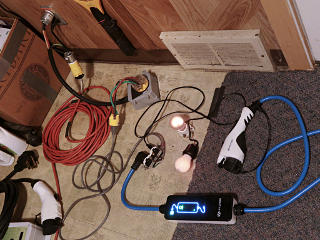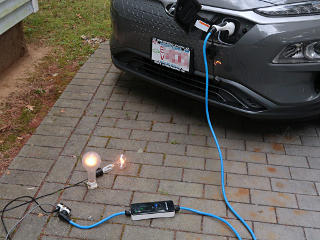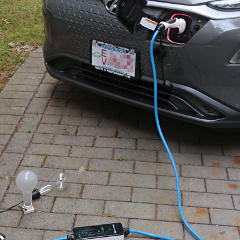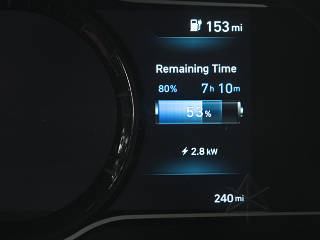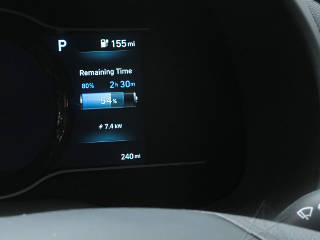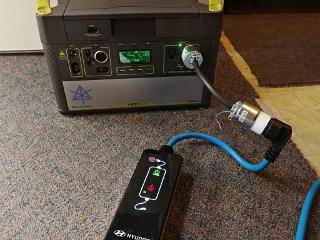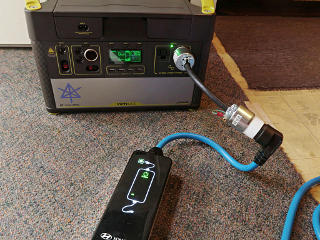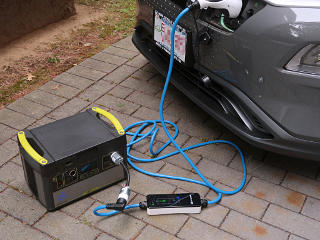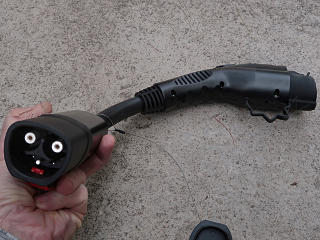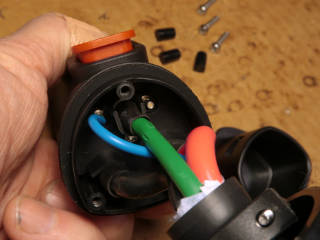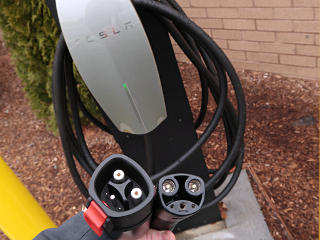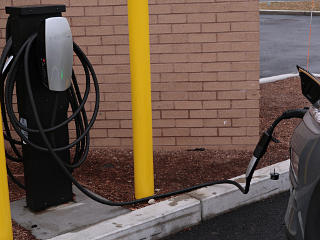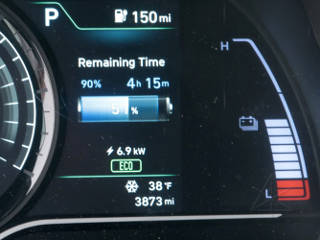| |
There was much to be explored in terms of charging the car.
It is important to understand what options are available and what their
limits are, because not every recharging situation may be in a comfortable
known environment.
What do you do, for example, if you're visiting friends for a weekend who
are just beyond round-trip range and/or you want to do some driving around
their area while there?
Or that urgent mission to the middle of bumfuk
District 13,
and you want to be confident you can get the hell out of there before
the Peacekeepers show up?
Being able to charge in an optimal way at a destination is important,
which is why it's called "destination charging" and is often associated
with an existing installed EVSE or high-power outlet.
But we don't always have that, and the wheezy little "granny charger"
that comes with the car may not be enough to support local activities
and/or getting back home in a reasonable timeframe.
My Tour de Sol buddy up north had seen rumors that the small EVSE
that came with his Bolt could run on 240V and double the charge rate
of the car.
This sounded entirely reasonable, as it's really just a relay box with
some support and interface stuff added.
Modern low-voltage switching power supplies, such as for the electronics to
handle the J1772 protocol and energize the relays, often have wide ranges of
input voltage so that they can run in US or European markets unmodified.
Further supporting evidence can be found in this
long-running thread
at insideevs.
I briefly looked at cracking the lid off the glued-together box of mine
to look at the innards, but decided that doing so would probably be fairly
destructive and that there were other ways to externally and safely test
this theory without blowing the thing up.
|
